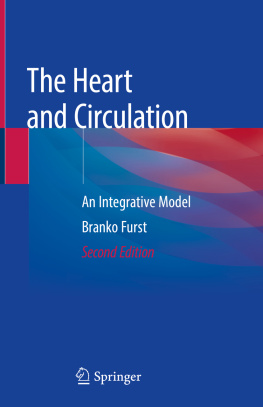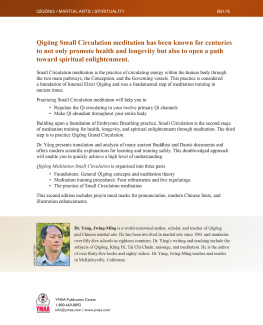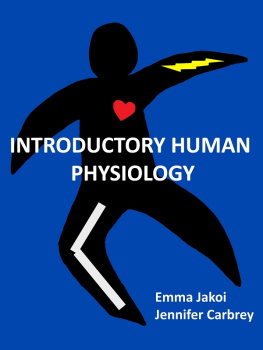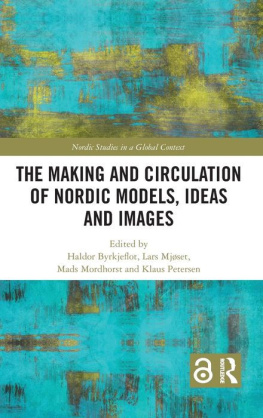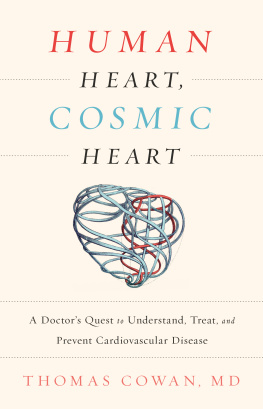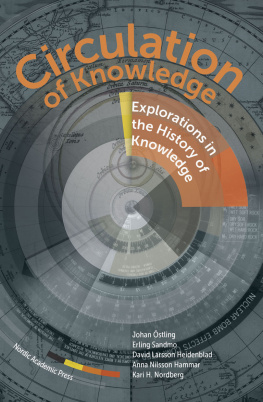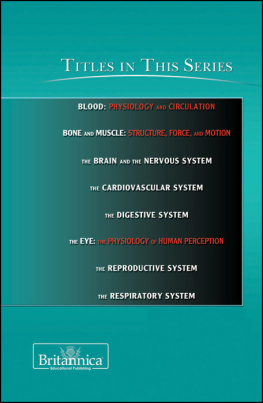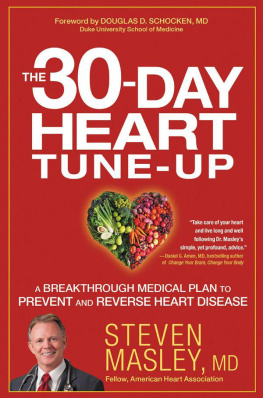Branko Furst
The Heart and Circulation
An Integrative Model
2nd ed. 2020
Branko Furst MD, FFARCSI
Professor of Anesthesiology, Albany Medical College, Albany, NY, USA
ISBN 978-3-030-25061-4 e-ISBN 978-3-030-25062-1
https://doi.org/10.1007/978-3-030-25062-1
Springer Nature Switzerland AG 2020
This work is subject to copyright. All rights are reserved by the Publisher, whether the whole or part of the material is concerned, specifically the rights of translation, reprinting, reuse of illustrations, recitation, broadcasting, reproduction on microfilms or in any other physical way, and transmission or information storage and retrieval, electronic adaptation, computer software, or by similar or dissimilar methodology now known or hereafter developed.
The use of general descriptive names, registered names, trademarks, service marks, etc. in this publication does not imply, even in the absence of a specific statement, that such names are exempt from the relevant protective laws and regulations and therefore free for general use.
The publisher, the authors, and the editors are safe to assume that the advice and information in this book are believed to be true and accurate at the date of publication. Neither the publisher nor the authors or the editors give a warranty, expressed or implied, with respect to the material contained herein or for any errors or omissions that may have been made. The publisher remains neutral with regard to jurisdictional claims in published maps and institutional affiliations.
This Springer imprint is published by the registered company Springer Nature Switzerland AG
The registered company address is: Gewerbestrasse 11, 6330 Cham, Switzerland
Dedicated to
Leon Manteuffel-Szoege (19041973)
Gisbert Husemann (19071997)
Otto Wolff (19212003)
For their pioneering work on the hemocentric model of circulation.
Foreword I
Traditional models of the human circulation based on the generation of pulsatile flow into a coupled viscoelastic arterial system have evolved since man first had the opportunity to observe the movement of blood in mammals. These models are capable of explaining and modeling most of what we observe as clinicians much as Newtonian physics explains what we observe in the physical world around us. It is only when someone, as Branko Furst, M.D., has done in this tome, delves deeper into circulatory phenomena that are not so readily observed that we have cause to question the adequacy of the pressure-propulsion model of circulation. I liken the effort made by Dr. Furst here to the use of quantum and string theory to explain phenomena not readily explainable by classic Newtonian physics. There is much about the human circulation that remains mysterious, and in this brilliant work the author has opened our eyes to the necessity of developing a unifying model of the human circulation that can explain all observed phenomena. This book is a must read for anyone interested in the intricacies of the human circulation beyond what can be causally observed.
James A. DiNardo
Foreword II
The cardiovascular system is complicated. However, frequently it is presented as a pump (the heart) that delivers fluid into a series of pipes (blood vessels) of varying resistance. The relationship between the output of the pump and the resistance in the pipes then determines the driving pressure (mean arterial pressure), which distributes the fluid (blood) around the system. This simple fluid engineering model is then supplemented or expanded by ideas about how various elements of this system are controlled. All of this thinking leads perhaps to what might be described as a cardiocentric view of the cardiovascular system. This cardiocentric view is reinforced by the dramatic events like death that occur when the pump stops for any one of a number of reasons.
In this monograph Branko Furst raises a number of interesting points about the oversimplified view outlined above.
First, how many pumps are there in the cardiovascular system? One could argue that there is the heart itself, the skeletal muscle pump which returns blood from the periphery to the central circulation and can translocate a large volume of blood in a matter of seconds. Perhaps there is a third pump embedded in the large elastic arteries that stores energy after cardiac systole and uses elastic recoil to propel the blood forward? If there is more than one pump, how do they operate together to deliver and return blood flow to the peripheral organs?
Second, the heart is seen largely as a pump, but both old and new ideas suggest that the twisting motions associated with cardiac ejection lead to a sucking action during cardiac relaxation. How much does this sucking action contribute to the filling of the heart and the subsequent delivery of blood to the periphery?
Third, the heart, blood vessels, and peripheral tissues all contain sensory nerve endings that influence cardiovascular function. Just like there is a so-called enteric nervous system, is there a cardiovascular nervous system?
Fourth, in addition to these pumps and the neural network that governs the cardiovascular system, there are a host of local control mechanisms that are too numerous to catalog in this introduction. For example, metabolites released by contracting skeletal muscle can evoke local vasodilation on a scale (50- to 100-fold) that is difficult to imagine. What factors contribute to this and how does the rest of the system respond to it?
Fifth and finally, there is the problem of cardiovascular disease. The traditional view of cardiovascular disease is that it is mostly a pump problem or blood vessel problem. However, diseases like heart failure and hypertension are in fact systemic, and a variety of feedback control mechanisms alluded to above become hijacked over time to reinforce the pathophysiology as opposed to correcting it.
These and other topics, including where the ideas behind various pieces of current dogma came from, are discussed in this book. So, we learn the history of the dogma, the limitations of the dogma, and a variety of altered perspectives that will help students, physiologists, and physicians to think about the cardiovascular system in a more nuanced and functional way. Like all good scientific and medical thinking, asking the right question is ultimately more important than simply mastery of current ideas, and this book is full of the right questions or ideas that will lead the reader to their own right questions.
Michael J. Joyner
Foreword III
Despite remarkable progress in medical treatment within the last 10 years, morbidity and mortality of heart failure are still high: 7080% of patients suffering from heart failure will die within the next 8 years. Paradoxically, the prevalence of heart failure remains high as more patients survive myocardial infarctions and fewer are dying from lethal arrhythmias. The traditional biological models used for understanding the cardiovascular function in failing hearts have been inconsistent and impeded the development of newer and more effective therapies. Some of these limitations may result from inaccuracies in modeling the structure and physiology of the cardiovascular system. In particular, the architecture and the working of cardiac chambers, which maintain the highly efficient global function of the normal heart, remain controversial and incompletely characterized.

